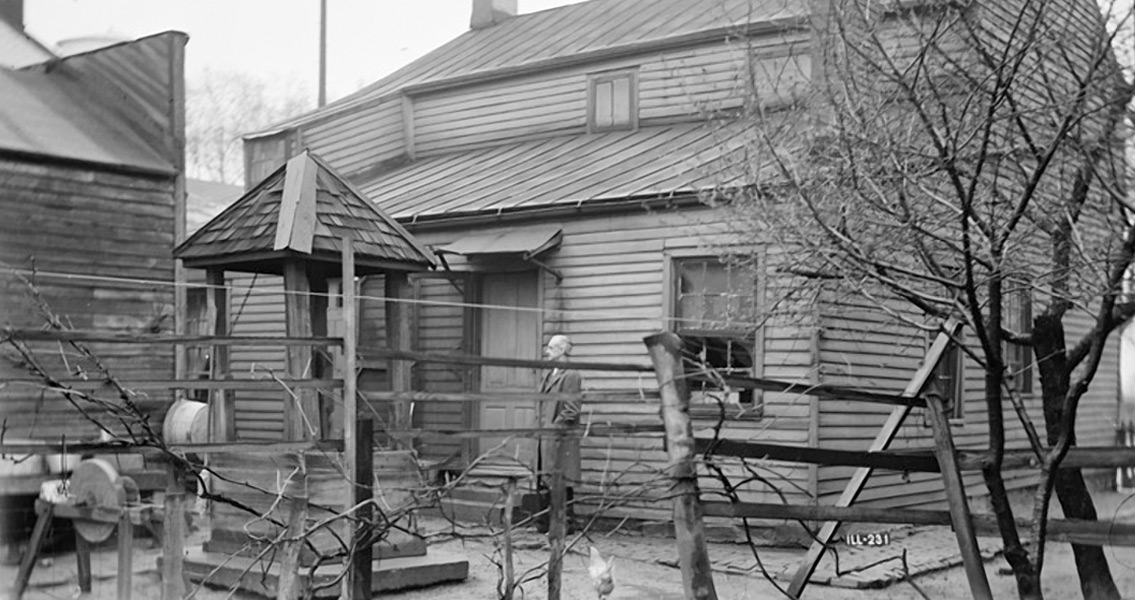<![CDATA[Although little is known about the Native Americans who lived in the East St. Louis area, a team of archaeologists who worked on a dig to clear land for the Stan Musical Veterans Memorial Bridge are ready to share their latest discoveries. For about 150 years around the end of the first millennium, there was an extremely big and flourishing Native American city in East St. Louis, located close to the Cahokia Mounds. Samira Brennan, the intern field station manager for the Illinois State Archeological Survey in Fairview Heights stated that, "The occupation is heavy," and although there has not yet been a proper study of the area by the archaeologists, they still believe that it was densely populated. Brad Koldhoff, chief archaeologist for the state of Illinois, said, "This is the first big city in North America. Now we have details and it's - wow." One conjecture had been that all Cahokia Indians moved to East St. Louis, but Koldhoff does not believe that, "When Cahokia was big, East St. Louis was big: and this was even bigger than people thought." The team is now examining what was unearthed during its dig under contract for the Illinois Department of Transportation. An old stockyards area was discovered as part of the land clearance for the bridge. The actual fieldwork ended in 2012, however, the team are still cleaning and cataloging everything found. The study is showing that the area was dense with immigrants, Brennan said, "The archaeological record at Cahokia led to the research on the immigrants, however, the East St. Louis site confirms the significance of immigration." The population of this large settlement could not have come from natural population growth alone, and must have been bolstered by mass immigration. Koldehoff believes that East St. Louis experienced the same process of mass immigration as the likes of New York City or Washington D.C. did hundreds of years later. The archaeologists have studied pieces of broken pottery at the site, and found that the raw materials used in their construction had come from as far away as Northern Arkansas or Southern Missouri. Researchers have even pinpointed clay that came from Madison or Monroe counties. The team noted that over time, the bowls made of clay became smaller, demonstrating a movement in the area away from communal eating. The real question which needs to be asked is why all of these people left so suddenly. It appears that the site at East St. Louis had been abandoned around the year 1200. Brennan said that one possible explanation could have been a period of drought, "There is evidence of severe drought - When you have drought, you have war" The artefacts at the St. Louis site are still being cleaned and cataloged to this day, as scientists strive to figure out how St. Louis became so big so quickly, before suddenly being abandoned. Image courtesy of Wikimedia commons user: FAE]]>
North America's First Big City
